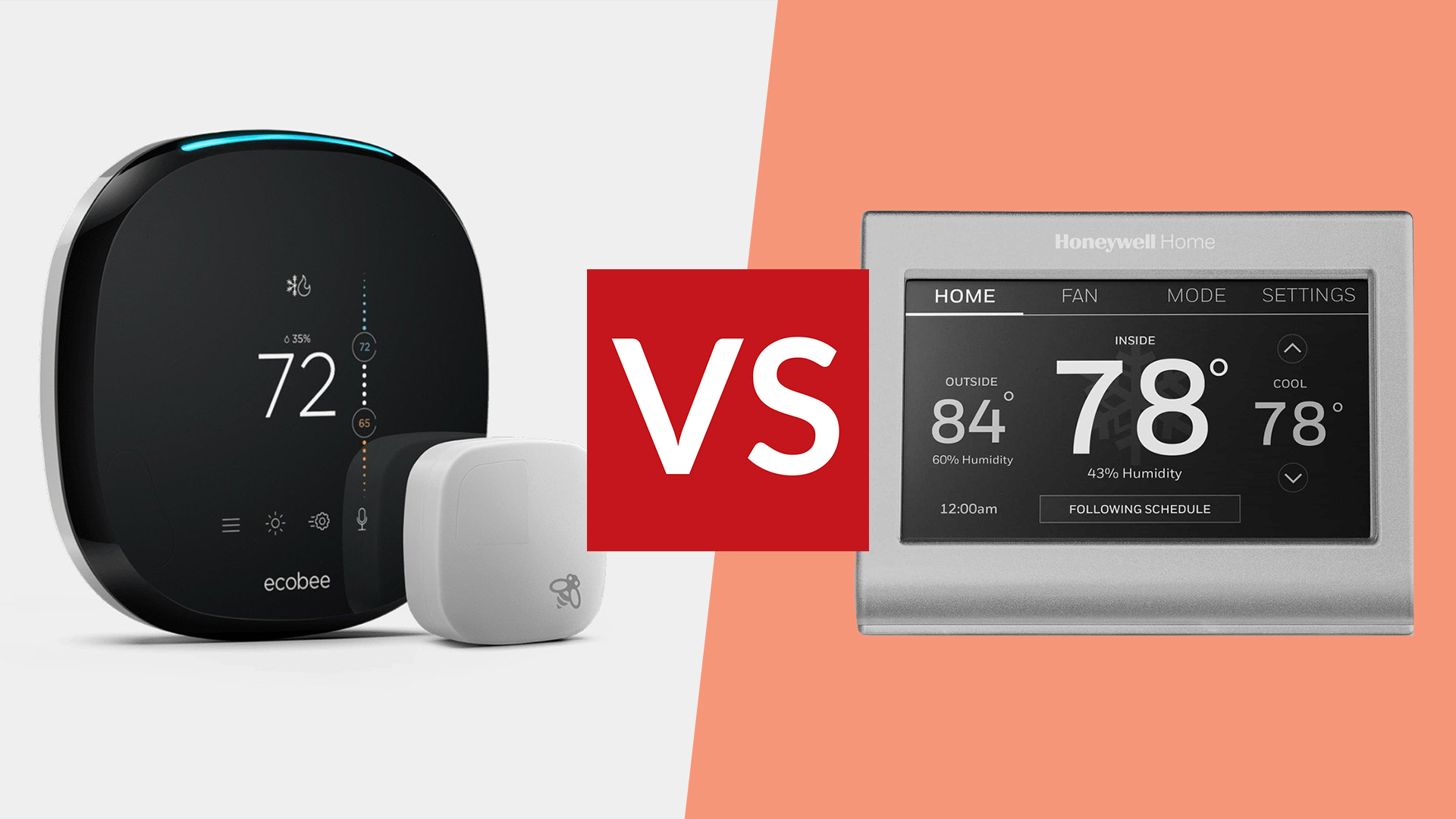
If you're currently looking to clamp down on your energy bills due to the cost of living crisis then investing in one of the best smart thermostats is a really smart move.
Ecobee and Honeywell are two major players in terms of smart heating, making them advisable to check out before making a purchasing decision.
Canadian firm, Ecobee may have a claim to have originated the smart thermostat, but it didn’t have the market to itself for long. These days there are plenty of competitors in the marketplace, including some from longstanding building technology provider Honeywell.
The offerings from Ecobee and Honeywell are interesting to compare because they look so different. The Ecobee 4 thermostat is a dark superellipse with a hint of mystery about it, while the Honeywell RTH9585WF is a more conventional silver rectangle with menus, and a lot more data displayed on the screen at once.
But, which is the better buy for you? That's what this feature is designed to help you decide. We run though everything from these smart thermostat's price and design, to features and performance.
Ecobee vs Honeywell: Price and design
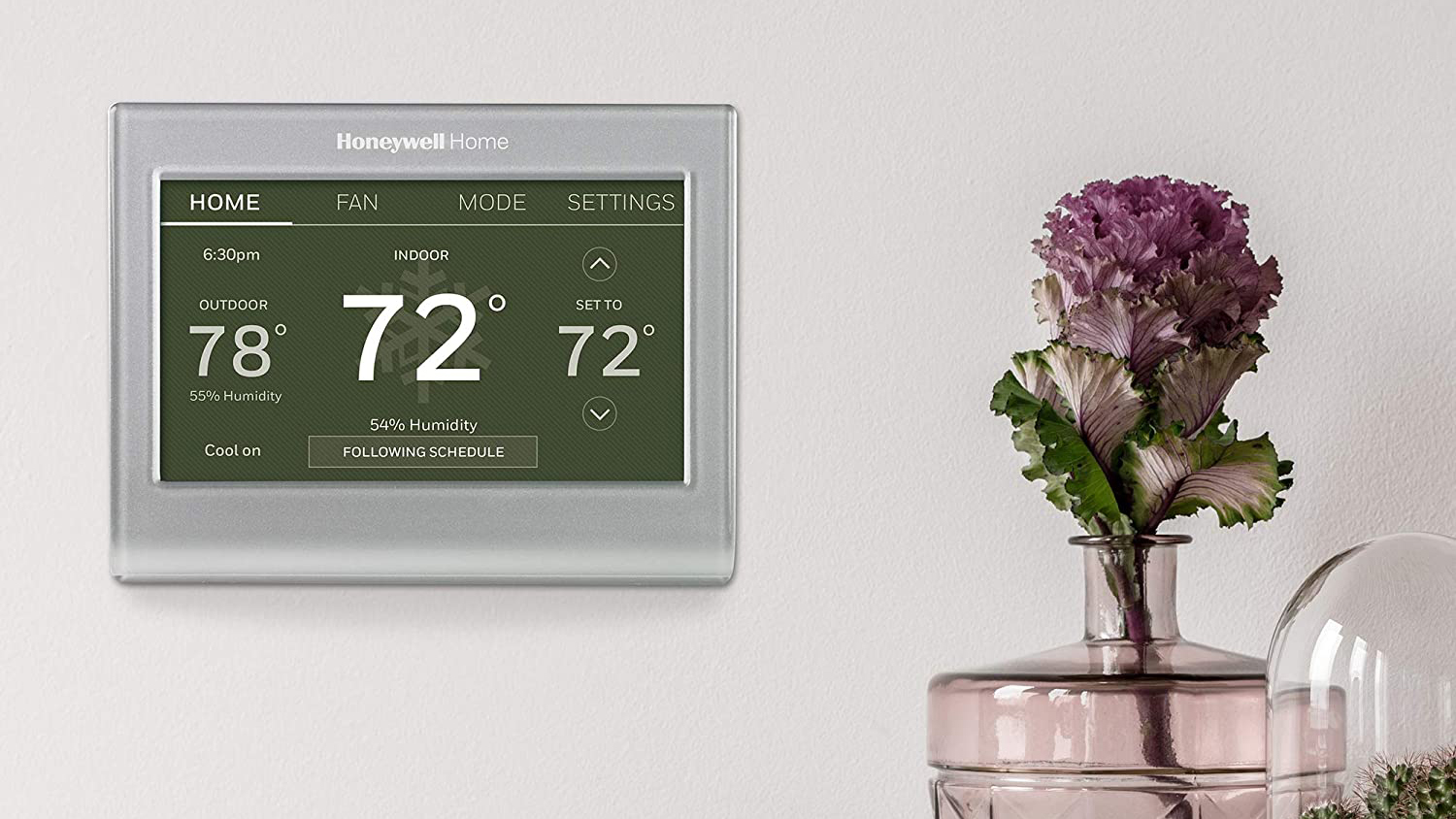
The Honeywell's design is, shall we say, functional.
There’s not much between the two smart thermostats in terms of price, with the Honeywell emptying your wallet of $219.99, while the Ecobee costs $249.99. UK readers will be displeased to hear that, while both thermostats are available on Amazon.co.uk, they were either out of stock or twice the RRP at the time of writing. Neither company seems to have a UK presence beyond this.
While they look very different, they’re both fitted with a 480x480 touchscreen for entering commands, and can both be controlled with your voice – the Ecobee has a small speaker and mic, and functions like an Amazon Echo device, while the Honeywell is merely Alexa-compatible, and requires a separate Echo. They are both compatible with Google Home, while the Ecobee picks up points for Apple HomeKit and Samsung SmartThings integration too.
Sign up to the T3 newsletter for smarter living straight to your inbox
Get all the latest news, reviews, deals and buying guides on gorgeous tech, home and active products from the T3 experts
The Honeywell is the wider unit, at 4.5 inches to the Ecobee’s 4.29 inches, but the Ecobee is taller at 4.29 inches to the Honeywell’s 3.5 inches. They both look good when mounted on the wall, but the Ecobee is the more modern-looking, while the Honeywell resembles what it is – a thermostat – with its bold white-on-black type being marginally easier to read from a distance than the similar, but more slender, figures on the Ecobee’s screen.
Ecobee vs Honeywell: Compatibility
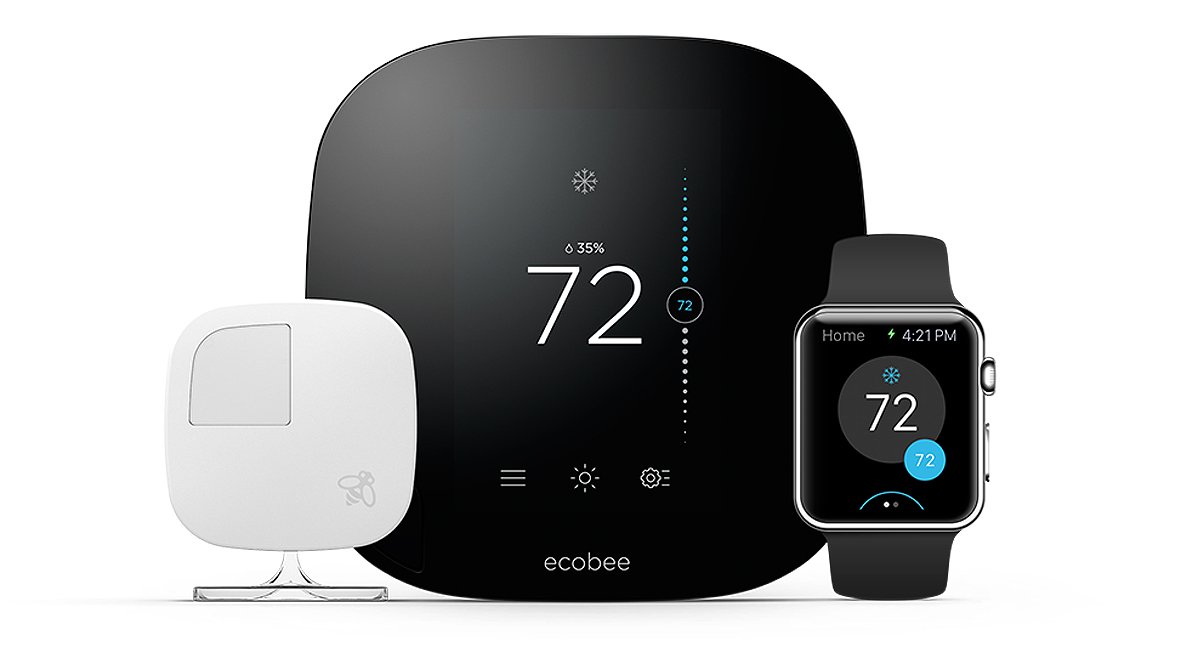
The Ecobee works with Apple HomeKit, which means it can interact with a really wide range of other smart home gear.
While generally compatible with a broad range of heating systems, including heat pumps, you’ll need to make sure you have an available C wire if you want to use the Honeywell. This is a low-voltage return wire that’s an essential part of powering the thermostat – ask a professional if you’re unsure. The Ecobee would like a C wire too, but also comes with a power-extender kit so you can make alternative arrangements.
Either unit can be placed in the same hole in your wall recently vacated by your previous model, but neither is suitable for use as a portable thermostat in the way you can use a Nest Thermostat E. And while it’s perfectly possible to install either of them yourself if you have the know-how, if you’re at all unsure both manufacturers recommend getting a professional to fit it for you, although there are walkthroughs and downloadable manuals on their respective websites.
Ecobee vs Honeywell: Features and app
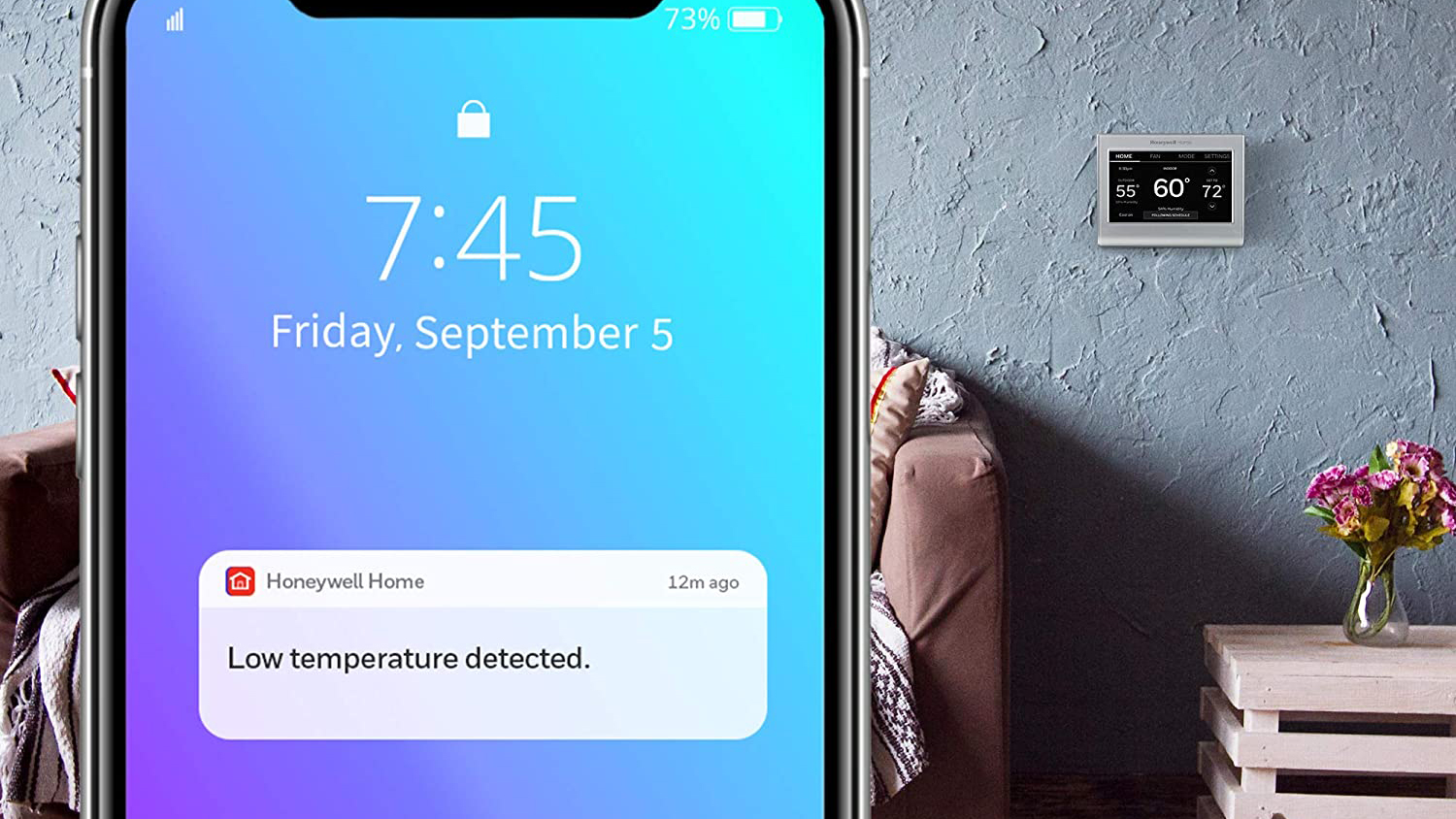
Both thermostats feature great smart options and app control.
Both thermostats take over the functions of your previous heating controls, letting you specify the temperature you’d like your home to be at. They both have smartphone apps that duplicate this functionality, and both also display additional information on their screens, such as the outside temperature. To do this, they also both connect to your wireless network. They both supply reports on your energy usage, and both can be controlled by your voice using compatible digital assistants such as Amazon Alexa.
They are both programmable, so you can set the times you know you’ll be in or out, and have the heating switch on or off as is appropriate. You can always override this from the touchscreen or app, should you come home early or take a week off work.
They both also have learning capabilities – make sure you get the new firmware that includes Eco+ mode for the Ecobee – so they’ll gradually come to anticipate your wants. Set the heat to a particular setting at the same time every day, and it will learn what you want, setting itself unless you override it. The Ecobee goes further in this regard, with a geofencing feature that detects whether your phone is within a specified radius of your home. If it’s not nearby, the system assumes you’ve gone out, and turns the heating down. Come back into range, and it’s fired up again.
And while the Honeywell is a standalone unit, there are optional remote sensors for the Ecobee system. Place one in a room, and the thermostat knows whether it is occupied or not, cutting the heat off in unoccupied areas of your house (if you have zonal control) and saving more energy. It comes bundled with one, and you can add more.
And saving energy is what both these systems are good at. By only using the heat you need, and not heating an empty house (enough heat will be produced to prevent pipes from freezing) you’ll see the difference in your winter fuel bills. And if you live in an area where a summer cooling system is a necessity alongside winter heating, then you’ll see even greater savings by connecting both to your new smart thermostat.
Ecobee vs Honeywell: Verdict
Both the Honeywell RTH9585WF and Ecobee 4 are capable smart thermostats that can take command of your house’s heating (and cooling) system, saving you money in the long run. They require a little practical know-how to install, but are straightforward to use, and with features such as digital assistant integration, smartphone apps and their own touchscreen interfaces, they may be easier to use than your existing thermostat.
If you’re in any doubt about what’s suitable for your property, then get the advice of a professional but either of these will do a sterling job of controlling the temperature in an intelligent way. Of the two, the Ecobee feels like the more modern implementation of the idea – both in design, and in its support for a wider range of smart home systems – but Honeywell's heating expertise is second to none, so we wouldn't blame anyone for choosing it instead.
-
 Aqara's smart home gadgets are finally becoming Matter-compatible
Aqara's smart home gadgets are finally becoming Matter-compatibleHere's everything you need to know
By Lizzie Wilmot Published
-
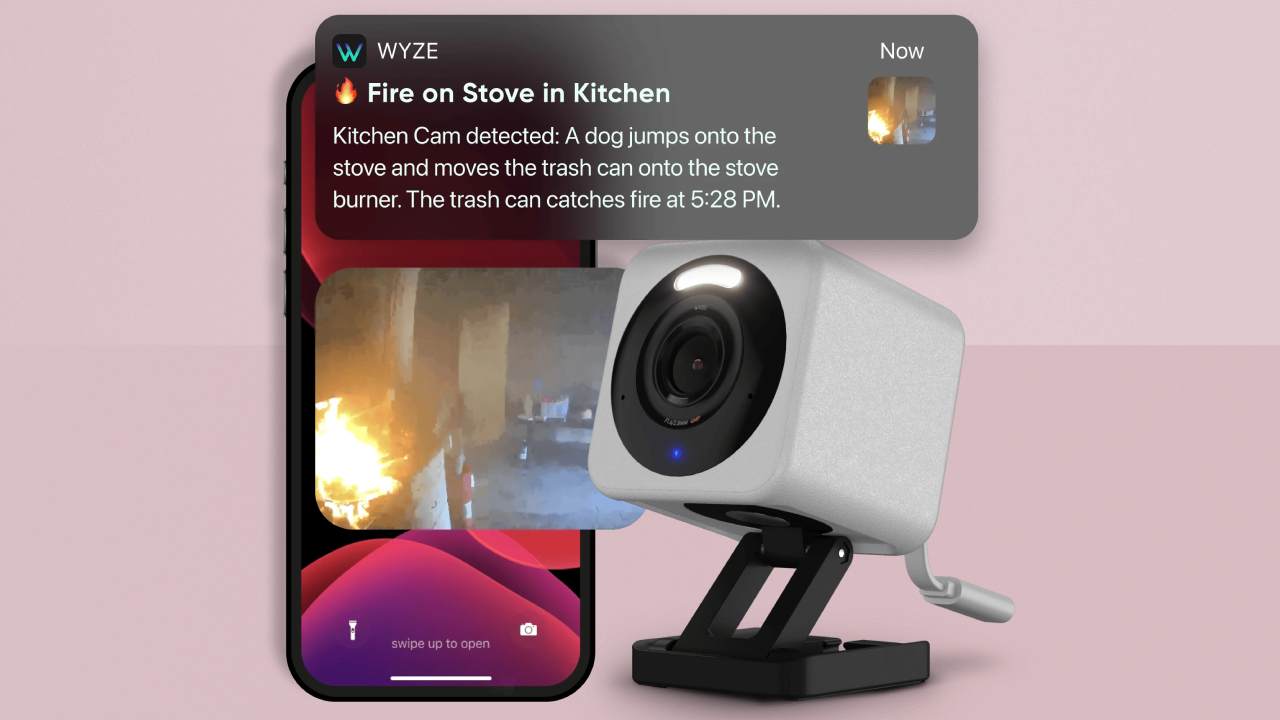 Wyze’s new AI feature only tells you the important things caught on your security cameras – here’s how
Wyze’s new AI feature only tells you the important things caught on your security cameras – here’s howWyze adds AI feature to its Cam Unlimited Pro subscription plan
By Bethan Girdler-Maslen Published
-
 Google drops its Nest smoke alarms but First Alert has it covered
Google drops its Nest smoke alarms but First Alert has it coveredGoogle Nest partners with First Alert on smart smoke and CO alarm
By Bethan Girdler-Maslen Published
-
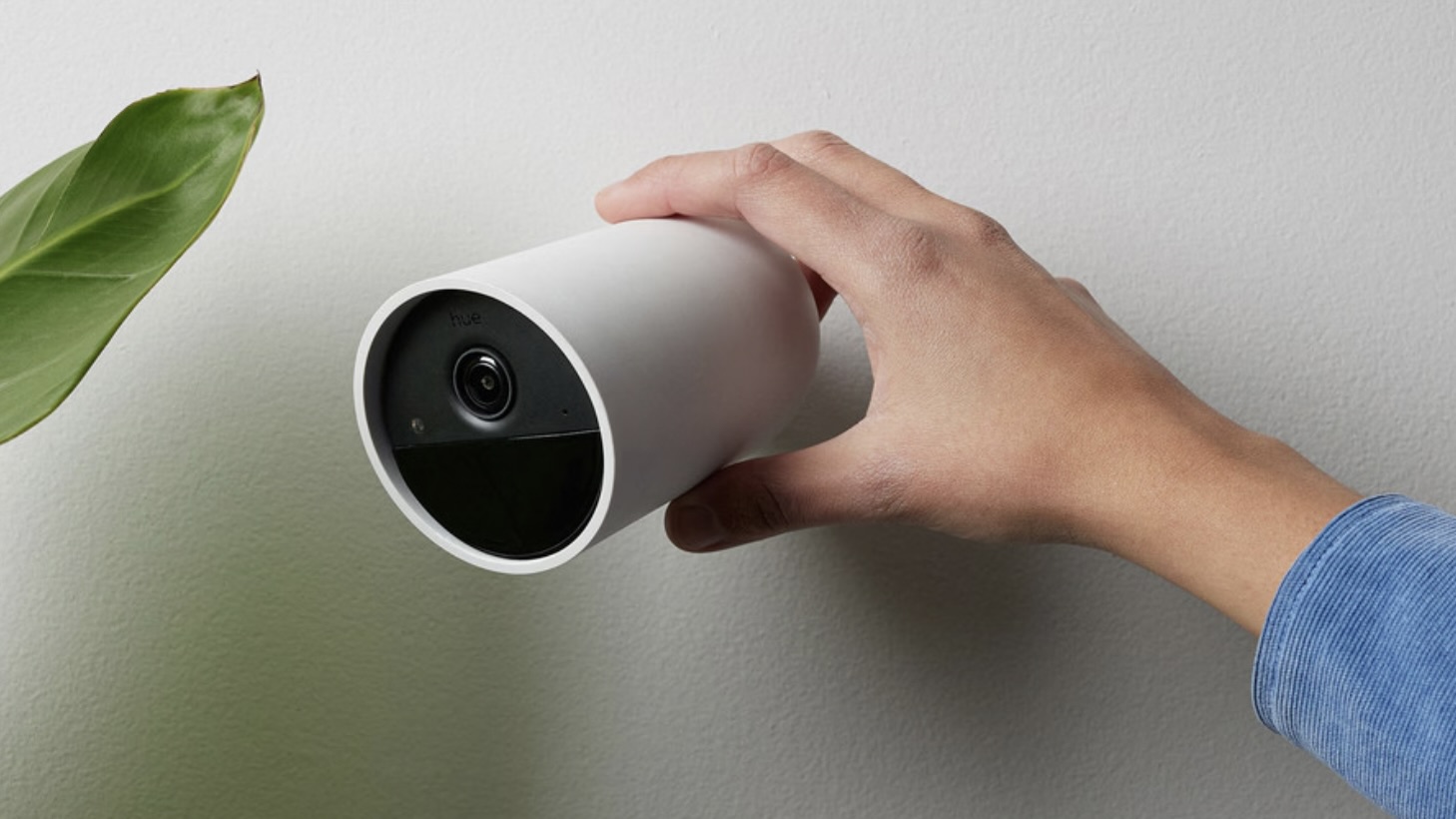 Philips Hue Secure cameras get major battery life boost with latest update
Philips Hue Secure cameras get major battery life boost with latest updateIt's the first update in a while that solely focuses on Hue Secure products
By Lizzie Wilmot Published
-
 New Matter leak reveals exciting smart garden tools heading our way – a lot sooner than expected
New Matter leak reveals exciting smart garden tools heading our way – a lot sooner than expectedThat was pretty unexpected!
By Lizzie Wilmot Published
-
 Setting up a smart home as a renter? You have to check out SwitchBot's new hub
Setting up a smart home as a renter? You have to check out SwitchBot's new hubHere's what we know so far
By Lizzie Wilmot Published
-
 Starting a smart home? I'm an expert and this is the smart speaker you should buy
Starting a smart home? I'm an expert and this is the smart speaker you should buyIt comes down to three options
By Lizzie Wilmot Published
-
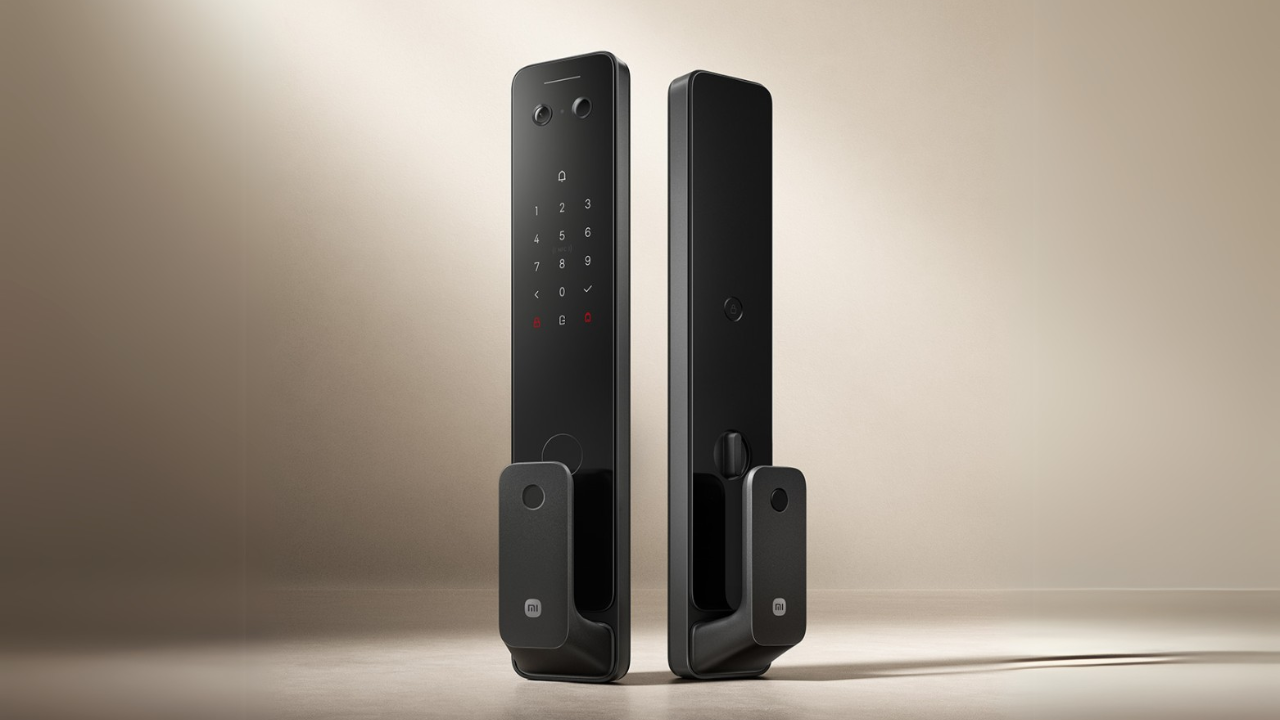 Forget keys – Xiaomi's new smart lock has you covered with 9 different entry modes
Forget keys – Xiaomi's new smart lock has you covered with 9 different entry modesIt's an all-in-one security solution
By Lizzie Wilmot Published

